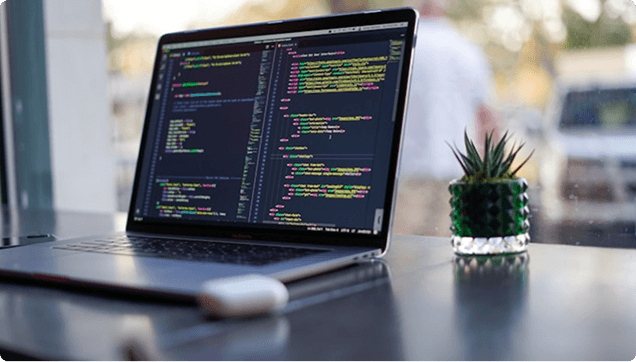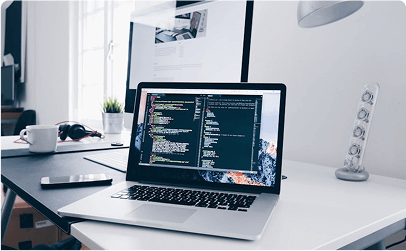Mobile web testing is often unstable. Playwright provides tools to test your web application reliably on Android, covering both emulation and real devices.
This guide gives you the practical, production-ready playbook you need.Automated tests are essential for modern mobile web development, and Playwright enables efficient automation for Android web testing.
You must validate the responsive layouts, mobile interactions, and performance on the Android platform. You can achieve this by combining fast emulation runs in your Continuous Integration (CI) with slower, high-fidelity real device tests.
This dual approach provides speed and accuracy. This approach improves testing efficiency by streamlining processes and reducing manual effort.
We explain the essential ADB setup, production-ready CI matrix configurations, advanced network simulation, and the trace-first debugging techniques that resolve mobile-only failures fast.



